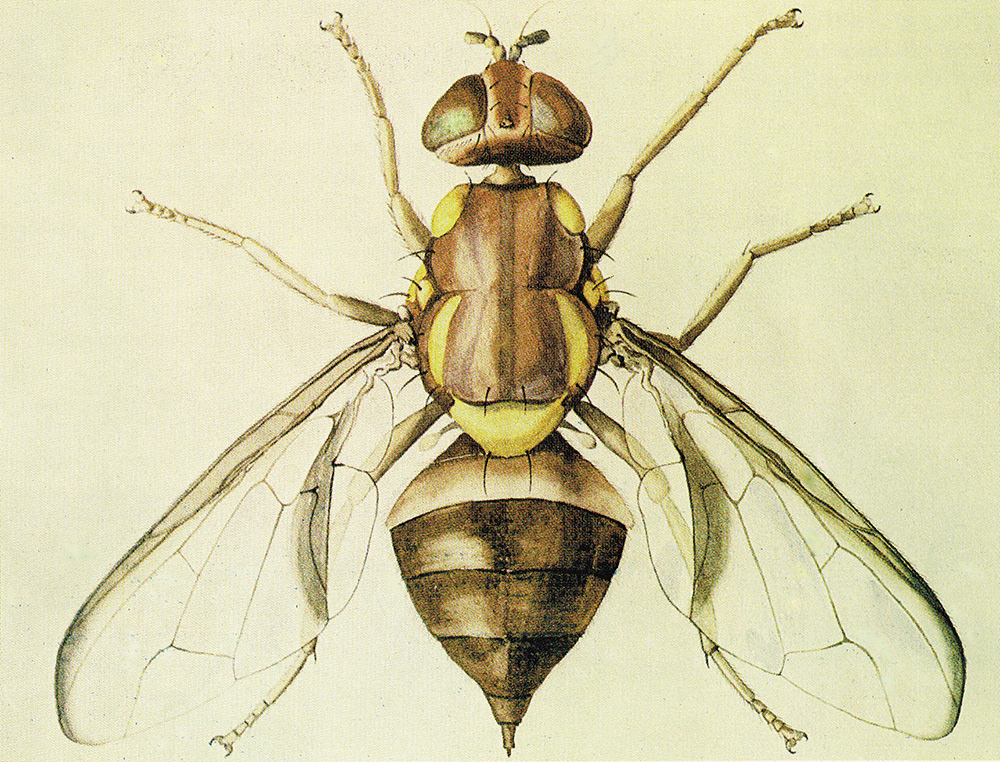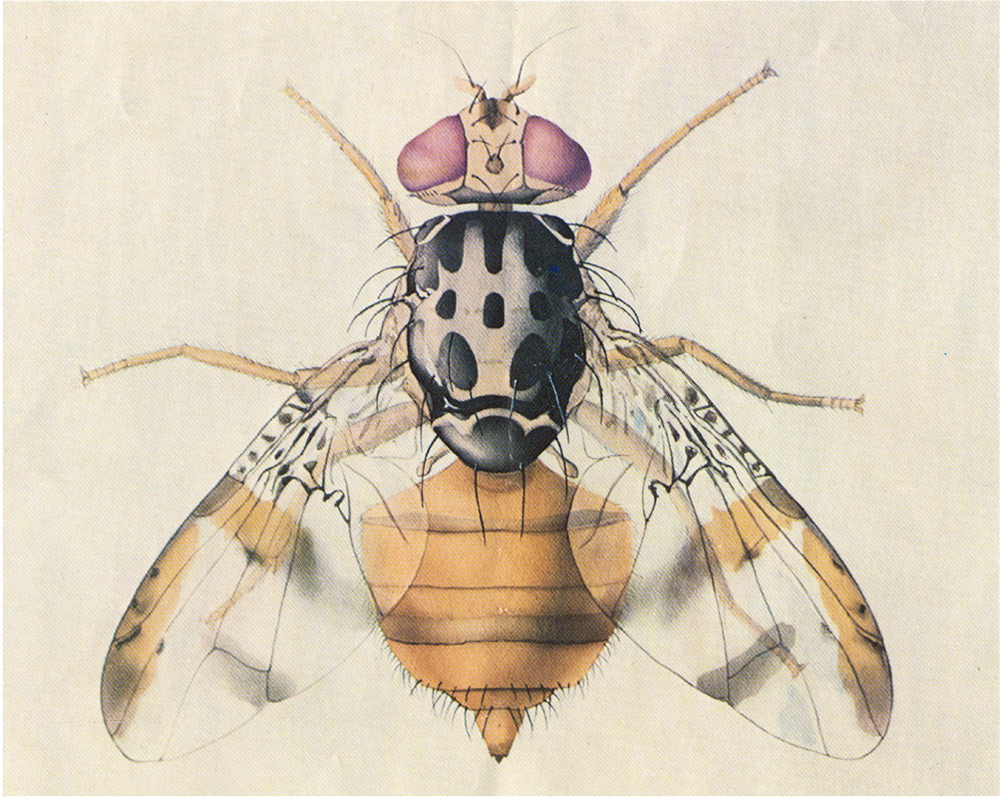Fruit flies are categorised as both exotic and endemic biosecurity threats to Australia and are one of the world’s most destructive horticultural pests (Farm Biosecurity, 2016).
Exotic fruit flies were ranked as the number three plant pest in 2016 (Department of Agriculture and Water Resources, 2016a) with the greatest potential cost and impact to the Australian horticulture industry.
The Riverland Pest Free Area in South Australia is recognised as being free of both Queensland Fruit Fly and Mediterranean Fruit Fly. South Australia remains the only Australian mainland state that is fruit fly free. A number of fruit fly outbreaks are currently being managed in the Riverland. For further information refer here.
Australia has an integrated national approach to protect horticulture from fruit fly incursions to maintain and enhance market access. Managing fruit fly involves dealing with species already present such as the Queensland fruit fly and Mediterranean fruit fly, and using surveillance to detect any exotic fruit fly.
Two species of major concern to commercial fruit growers are:
Queensland fruit fly (Bactrocera tryoni)
- Adult flies are about 7mm long and are reddish-brown in colour, with distinct yellow markings. Many people confuse vinegar flies with QFF. Vinegar flies are much smaller insects and will not damage home-grown produce.
- Larvae (maggots) are about 5-10mm long and creamy-white in colour.
- Native to north-eastern Australia.
- Occurs in parts of Queensland, New South Wales, Victoria and the Northern Territory.
- Most active from September through to May but can also be active in warmer periods during the winter months.
Mediterranean fruit fly (Ceratitis capitata)
- Adult flies are about 3-5mm long, with a light brown body and mottled wings.
- Larvae (maggots) grow to about 8mm long and are white in colour.
- Species is restricted to Western Australia.
- Most active from October through to May.
Outbreaks
A Queensland fruit fly (Q-fly) outbreak is declared when any of the following occurs:
- 5 male or non-pregnant female flies are trapped within 1 km within a rolling 2 week period.
- 1 pregnant female is detected.
- 1 or more larvae are detected in locally grown fruit..
A Mediterranean fruit fly (Med-fly) outbreak is declared when any of the following occurs:
- 3 male or non-pregnant female flies are trapped within 1 km within a rolling 2 week period
- 1 pregnant female is detected
- 1 or more larvae are detected in locally grown fruit.
In the event of an outbreak, PIRSA:
- defines a quarantine area of 1.5 km radius from which host fruit cannot be removed
- defines a suspension area of up to a further 15 km
- conducts fruit removal
- conducts baiting
- conducts checks on home and commercial produce for fruit flies and larvae
- undertakes education and awareness programs
Vinehealth liaises with PIRSA, and utilises the vineyard register to maintain contact with growers on the status of the outbreak.
Winegrape movement
When a fruit fly outbreak has been declared in South Australia, restrictions are placed on the movement of winegrapes. To find out about movement conditions relevant to the Riverland fruit fly outbreaks, click here.
How to report a fruit fly outbreak
If you find fruit fly or maggots in fruit, vegetables or other plants, call South Australia’s 24 hour fruit fly hotline on 1300 666 010.